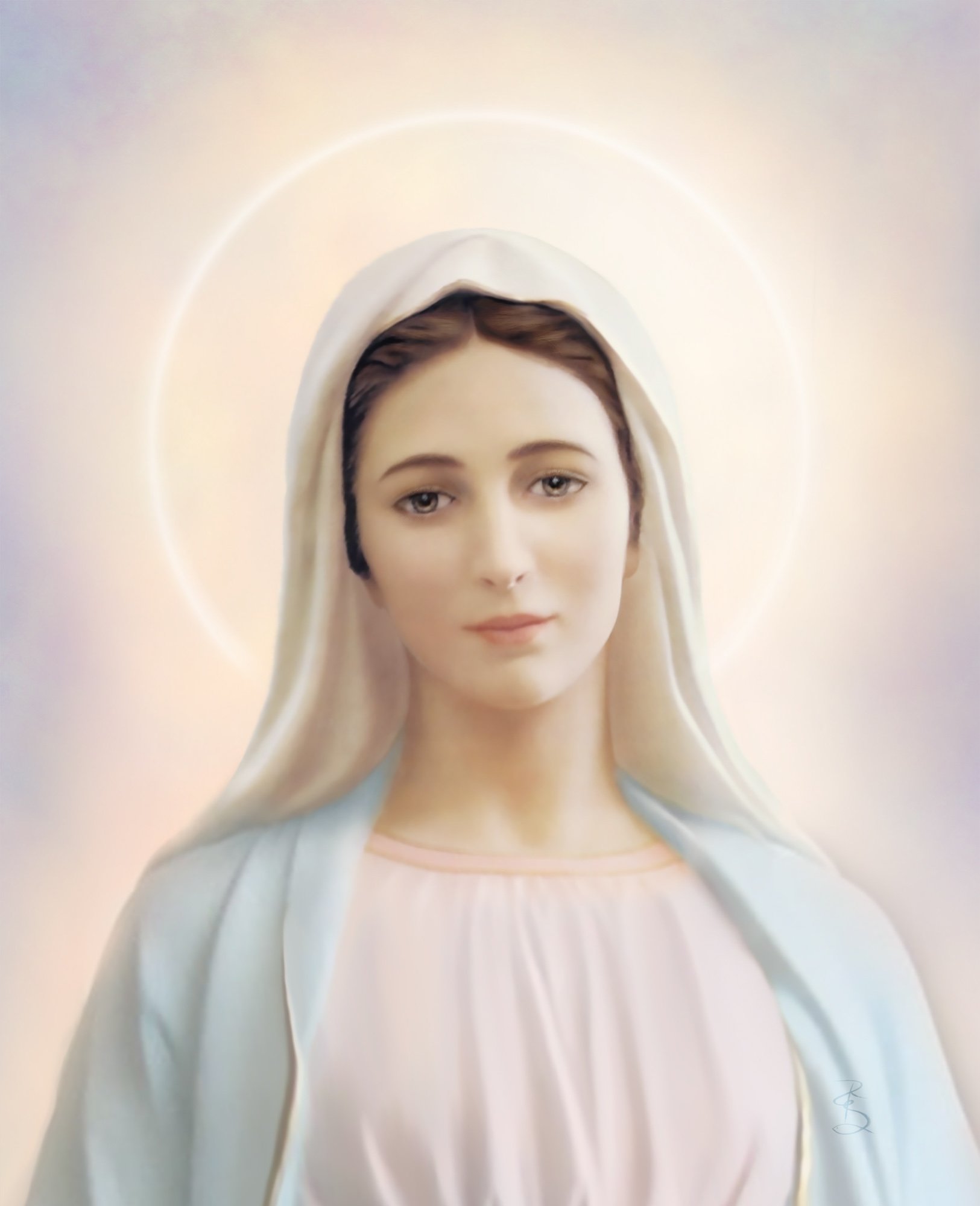Regina Caeli – Queen of Heaven, Rejoice!
The Regina Caeli, Latin for “Queen of Heaven,” is a hymn and prayer ...

O utstanding among the saints is Mary, Mother of the Lord and mirror of all holiness. In the Gospel of Luke we find her engaged in a service of charity to her cousin Elizabeth, with whom she remained for “about three months” (1:56) so as to assist her in the final phase of her pregnancy. “Magnificat anima mea Dominum”, she says on the occasion of that visit, “My soul magnifies the Lord” (Lk 1:46).
In these words she expresses her whole program of life: not setting herself at the center, but leaving space for God, who is encountered both in prayer and in service of neighbor—only then does goodness enter the world. Mary’s greatness consists in the fact that she wants to magnify God, not herself. She is lowly: her only desire is to be the handmaid of the Lord (cf. Lk 1:38, 48). She knows that she will only contribute to the salvation of the world if, rather than carrying out her own projects, she places herself completely at the disposal of God’s initiatives. Mary is a woman of hope: only because she believes in God’s promises and awaits the salvation of Israel, can the angel visit her and call her to the decisive service of these promises. Mary is a woman of faith: “Blessed are you who believed”, Elizabeth says to her (cf. Lk 1:45). The Magnificat—a portrait, so to speak, of her soul—is entirely woven from threads of Holy Scripture, threads drawn from the Word of God. Here we see how completely at home Mary is with the Word of God, with ease she moves in and out of it. She speaks and thinks with the Word of God; the Word of God becomes her word, and her word issues from the Word of God. Here we see how her thoughts are attuned to the thoughts of God, how her will is one with the will of God. Since Mary is completely imbued with the Word of God, she is able to become the Mother of the Word Incarnate.
Finally, Mary is a woman who loves. How could it be otherwise? As a believer who in faith thinks with God’s thoughts and wills with God’s will, she cannot fail to be a woman who loves. We sense this in her quiet gestures, as recounted by the infancy narratives in the Gospel. We see it in the delicacy with which she recognizes the need of the spouses at Cana and makes it known to Jesus. We see it in the humility with which she recedes into the background during Jesus’ public life, knowing that the Son must establish a new family and that the Mother’s hour will come only with the Cross, which will be Jesus’ true hour (cf. Jn 2:4; 13:1). When the disciples flee, Mary will remain beneath the Cross (cf. Jn 19:25-27); later, at the hour of Pentecost, it will be they who gather around her as they wait for the Holy Spirit (cf. Acts 1:14).
42. The lives of the saints are not limited to their earthly biographies but also include their being and working in God after death. In the saints one thing becomes clear: those who draw near to God do not withdraw from men, but rather become truly close to them. In no one do we see this more clearly than in Mary. The words addressed by the crucified Lord to his disciple—to John and through him to all disciples of Jesus: “Behold, your mother!” (Jn 19:27)—are fulfilled anew in every generation.
Mary has truly become the Mother of all believers. Men and women of every time and place have recourse to her motherly kindness and her virginal purity and grace, in all their needs and aspirations, their joys and sorrows, their moments of loneliness and their common endeavours. They constantly experience the gift of her goodness and the unfailing love which she pours out from the depths of her heart. The testimonials of gratitude, offered to her from every continent and culture, are a recognition of that pure love which is not self- seeking but simply benevolent. At the same time, the devotion of the faithful shows an infallible intuition of how such love is possible: it becomes so as a result of the most intimate union with God, through which the soul is totally pervaded by him—a condition which enables those who have drunk from the fountain of God’s love to become in their turn a fountain from which “flow rivers of living water” (Jn 7:38). Mary, Virgin and Mother, shows us what love is and whence it draws its origin and its constantly renewed power. To her we entrust the Church and her mission in the service of love:
Holy Mary, Mother of God,
you have given the world its true light,
Jesus, your Son – the Son of God.
You abandoned yourself completely
to God’s call
and thus became a wellspring
of the goodness which flows forth from him.
Show us Jesus. Lead us to him.
Teach us to know and love him,
so that we too can become
capable of true love
and be fountains of living water
in the midst of a thirsting world.
In the concluding paragraphs of his first encyclical, Deus Caritas Est (paragraph 41), Pope Benedict XVI turns his attention to the Blessed Virgin Mary and reflects upon how she exemplifies the agape or divine love which is the entire subject of his encyclical.
No Comments